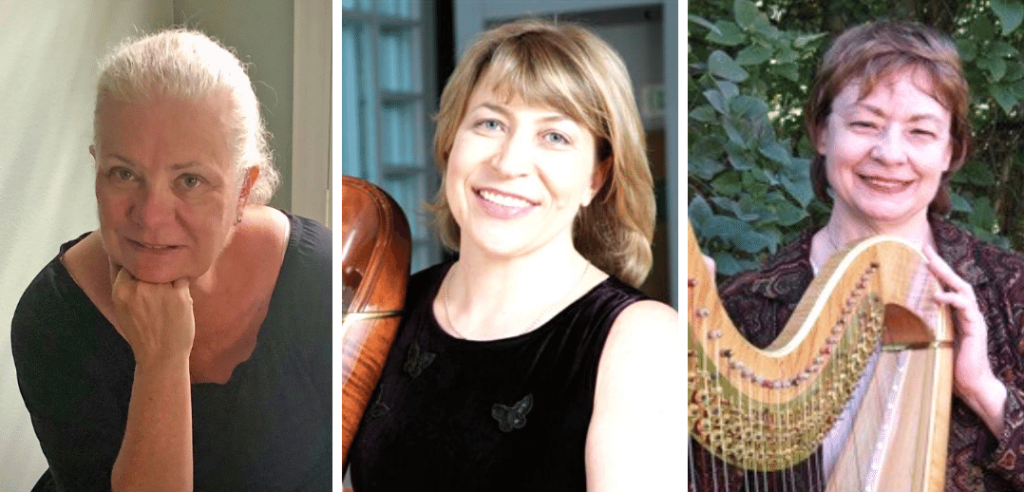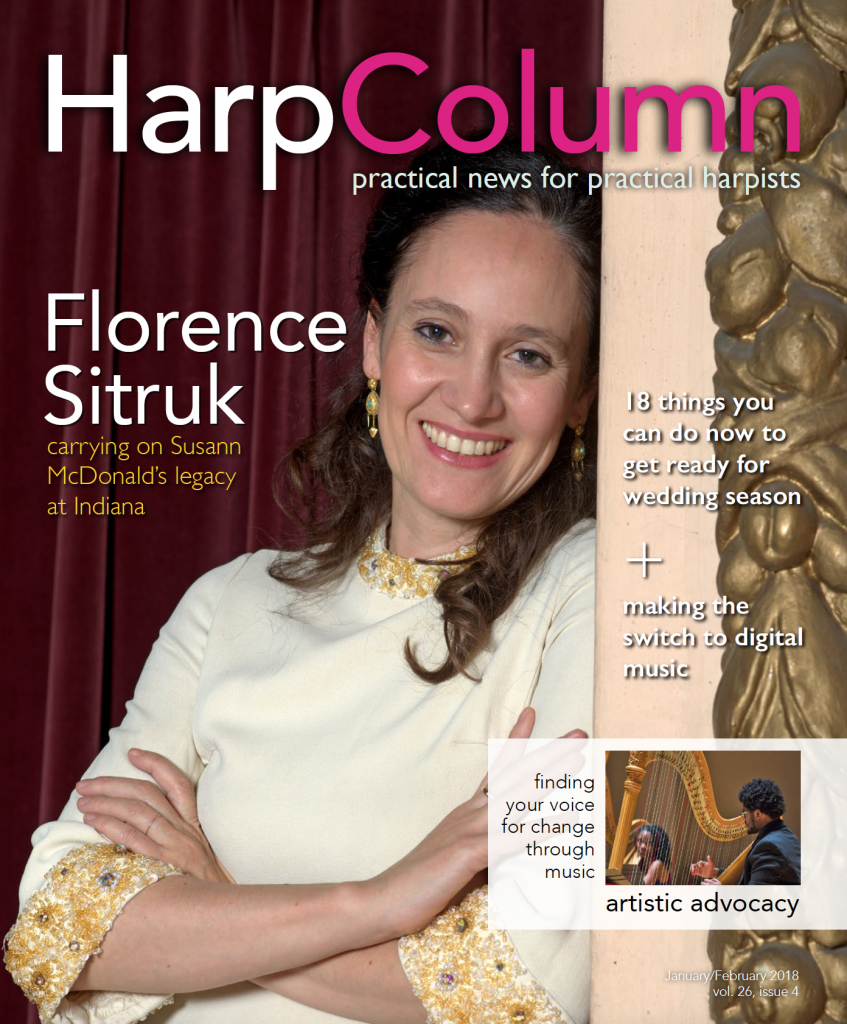Not getting lost while waiting to make your entrance can be as difficult and stressful as playing the part! In the theater, actors and singers have assistant stage managers to help get them on stage at the correct moment, but we aren’t so lucky. Counting a long tacet is exhausting and can be very difficult, so safety measurets are necessary. Listen to the work many times and study the score to break down long tacets into manageable numbers. Note meter changes, major tempo changes, and add aural cues into your part. Aural cues should include major entrances that are obvious like cymbal crashes and violin solos.
I like to follow along in a violin I or cello part since I sit in the middle of their sections in the opera pit. (Ask your librarian for a copy of their part before the first rehearsal.) This helps me stay mentally plugged into the music too. If it’s an extremely long tacet, I also use a stopwatch just in case I doubt myself. It can be nerve racking to hear the same theme three or four times and not really know which time you’re on!
—Marguerite Lynn Williams is founder and executive director of the Chicago Harp Quartet and Principal Harp for the Lyric Opera of Chicago.
The most important strategy is to write audible cues into your part. Listen to a recording several times before the first rehearsal and practice counting your bars. Look at a score and make sure your cues are accurate and legible. The best cues are loud, obvious ones such as oboe, trumpet, or percussion. If an existing cue is inaudible, write in “inaudible.” If it is in the wrong place, correct it, as there is no point in having a cue if you cannot hear it or it is misleading. Mistakes do occur in printed music! Write in a couple of slash marks if there’s an obvious stop, so that you don’t have to count at all.
If you get a part with tacet sections that do not indicate the number of bars and only says, “Tacet until…” write in how many minutes or how many bars there are, so that you have some idea of when to start sitting up and paying attention. Get to rehearsal early so that you can write in these things from the violin parts or the score if it’s backstage. Keep counting, just in case one of your colleagues does not play in the right spot. If you have to sit through multiple movements in different time signatures, make a note of what they are, i.e. 3/4, 2/4, etc. Don’t distract yourself with knitting, books, or smart phones while in rehearsal.
—Elizabeth Volpé-Bligh has been the Principal Harpist with the Vancouver Symphony since 1982, and teaches at UBC School of Music.
One of the greatest things we can do as harpists is study scores. When I am asked to play an ensemble piece I haven’t yet encountered, I’m not shy about asking for a copy of the score. I can review how my part fits into the larger whole, make my own cues in the part, and get to know the piece really well before the first rehearsal commences. This is a great way to develop our ears beyond the harp, and to have a broader perspective of the piece. In fact, there are some orchestras that perform conductor-less, which means each instrumentalist is responsible for knowing the entire score. This is my favorite way to perform in ensemble, and it’s a great way to learn new repertoire.
This work you do in advance of rehearsal will help ensure you never feel lost when counting measures. If you’re still confused in tacet sections, ask the conductor if he would be willing to give you a special cue before you come in. I find they appreciate the initiative taken. Good luck! •
—Bridget Kibbey performs with the Chamber Music Society of Lincoln Center, and as soloist and chamber music collaborator in multiple series and festivals across the United States.














